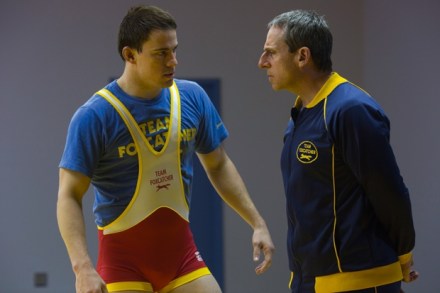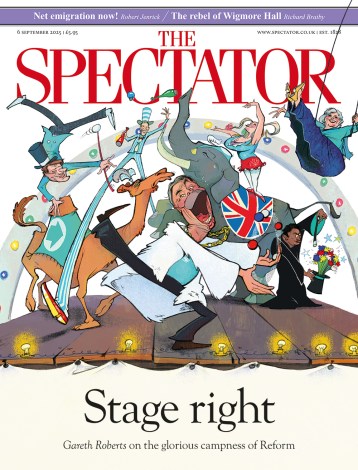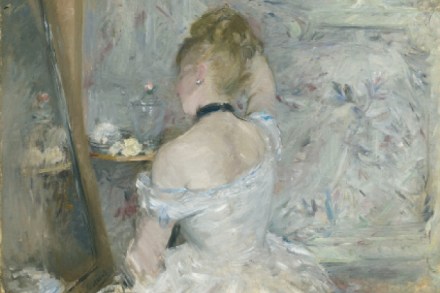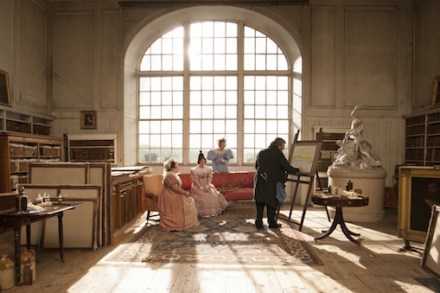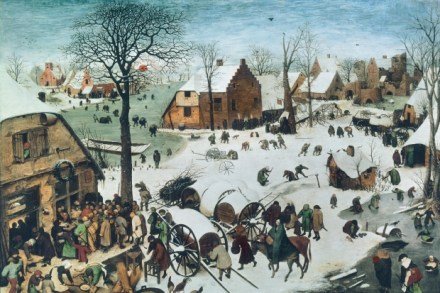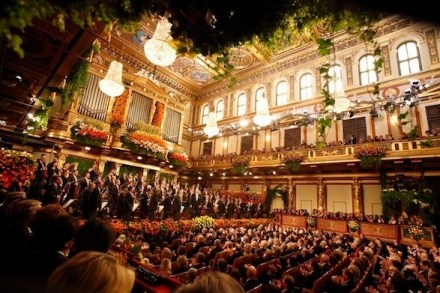Foxcatcher: piercing, shattering, spellbinding
Foxcatcher is a crime drama (of sorts) that has already been dubbed ‘Oscarcatcher!’ as it barely puts a foot wrong. It is tautly directed, deftly written, thoroughly gripping and offers psychological heft as well as sublime performances all round, even from Steve Carell’s prosthetic nose, which deserves a nomination in and of itself. (Schnozzle of the year?) It’s also based on a fascinating true story, although the less you know about this story, particularly how it ends, the better. I would even advise you to stop reading right now, but I need the money, plus the abuse in the comments section below. My life wouldn’t be worth living without that.
